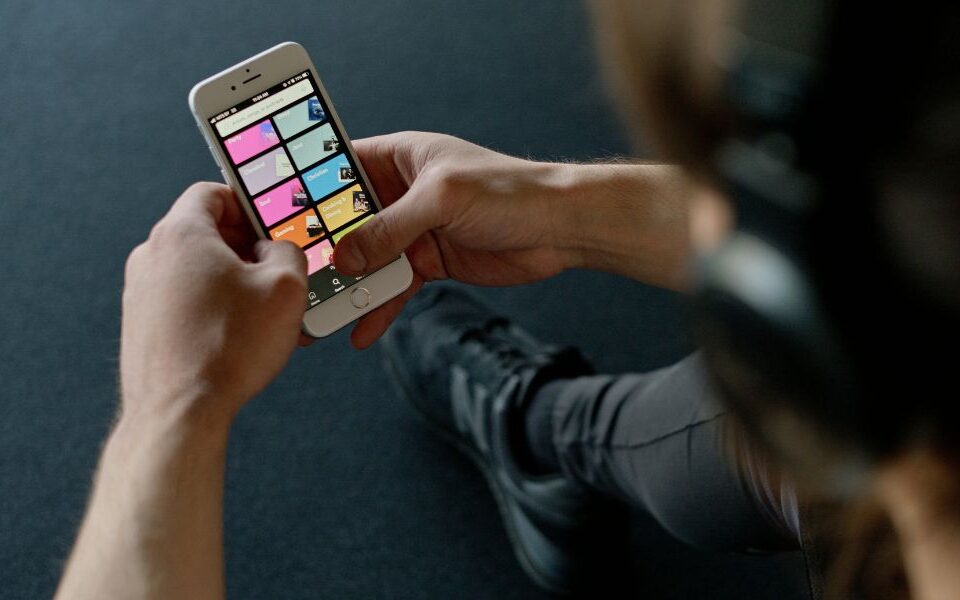- Have any questions?
- 888-432-8878
- steve@sebackground.com
DOL Announces Lottery for H-2B Processing
March 4, 2019Is It Time to Let Grandfathered Health Plans Finally Retire?
March 5, 2019Should we consider anxiety as a disability at work?
Every business size is susceptible to having employees who suffer from anxiety. The disorder, which affects about 18 percent of adults in the US, can manifest in various ways. From excessive tiredness to loss of attention to details, and even controlling behaviors can represent anxiety. Employees with anxiety disorders may not recognize that they have a mental health condition. And this leaves the job to HR managers to identify.
Though diagnosing employees is not the job of HR managers, employees who present their challenges with anxiety may need a nudge to overcome the disorder. Employee Assistance Program could useful in assisting employees with anxiety disorders.
Employees with anxiety disorder, in whatever form, may be eligible for legal protection.
Recognizing anxiety as a disability
If an employee has difficulties with anxiety, in whatever form, they may be eligible for legal protection. Here’s what you need to know about how to deal with employees who experience anxiety in the workplace.
According to the Americans with Disability Act (ADA), an individual with a disability is a person with “physical or mental impairment” which significantly limits them from life activities. While the ADA does not specifically name all the impairments, it recognized them as people perceived by others as having such impairment.
In other words, employees who feel slightly anxious about meeting new persons, but overcome it by taking deep breaths are not qualified for ADA protection. But those with overwhelming panic could qualify. This makes it difficult to generally classify anxiety as a disability.
When anxiety could be considered as a disability
While ADA could recognize anxiety as a disability based on some criteria, employers have some instances where they can disagree with disability requests from employees with anxiety disorder. When anxiety in employees limits them from performing their core duties, the complaint would not be acknowledged.
For instance, if an employee hired as a receptionist requests for disability protection due to anxiety; that means she can’t sit near the door to welcome incoming customers. The request is not reasonable and should not be granted. The accommodation requested is clearly unreasonable since her key role is to greet people when they walk in.
Employees with anxiety disorders may be allowed to work at flexible times, change tasks, work from home or even report to different supervisors. Provided it doesn’t threaten the key duty of the employee, anxiety accommodations would be reasonable.
Assisting employees with anxiety disorders
HR managers are not to look out for ways to deny employee’s request for anxiety accommodation but to find a solution and to comply with all laws, including ADA. In as much as a happy and productive workforce is the sole aim of every business, being inclusive extends to accommodating different forms of disabilities. HR managers can assist employees with anxiety disability by:
- Creating a welcoming environment
- Having an open-door policy
- Responding appropriately through an effective feedback mechanism
- Maintaining confidentiality
- Creating work plans and expectations
- Being flexible and accessible
- And by offering support
The post Should we consider anxiety as a disability at work? appeared first on The HR Digest.
Source: New feed



